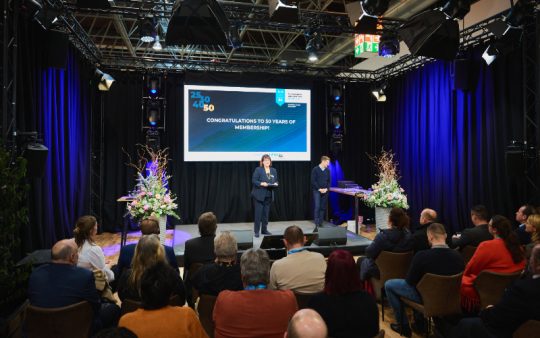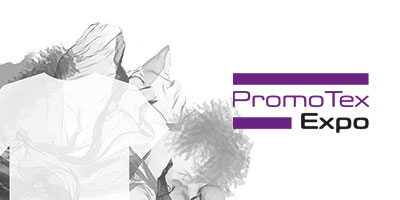Landscape printing redefined

Published on 05.08.2020
Larger, higher, ever more colourful. Using biodegradable ink, a new printing process can turn the landscape into an advertising medium.
The Berlin printer Ernst Litfass was a pioneer of outdoor advertising. 1854 saw the arrival of his first pillar specially designed for advertisements in a public space. The idea behind his invention was to combat fly posting, with his new pillars offering companies plenty of space for communicating their messages.
A lot has happened in outdoor advertising since then. With the concept of out-of-home advertising, the industry has not only given itself a snappier title, but also opened up new territory. Companies are now competing for real estate on large hoardings or digital advertising panels in busy squares, shopping centres or airports to gain the attention of potential customers.
The primary goal is to get noticed
It is not easy to stand out in a public space these days given the wealth of advertising media out there. That is why unusual and surprising sites are in high demand. This is precisely where Pixelrunner comes in. The company is able to turn the landscape into one giant advertising medium and print large messages on lawns, artificial turf in sporting arenas, asphalt, roads and in squares – or even on ski runs.

Robots with integrated printer
A self-controlling robot takes over the task of printing. By means of in-built processing software, the mobile large-format printers can be used to print text and even pictures on the landscape automatically. Looking like a cross between a snowcat and ride-on mower, the Pixelrunner can be controlled by an operator while printing. You can see just how it works in this video.

The printer can cover an area of about 50 sq. metres per minute and print approx. 300 sq. m with a full tank of ink. The ink consumption is around 300 ml per square metre. Three colours can be applied during one printing run. The device uses biodegradable and eco-friendly inks that meet the latest environmental standards. The printer is filled with soluble inks for short-term use and there is a range of weatherproof colours to choose from for advertising that is intended to be there longer term. Landscape prints created using the latter type of ink last for up to a year.
Large adverts are often used at sports events or can be admired from the air from viewpoints or flight approaches. At the moment, the printing technology is also helpful for traffic guidance or applying social distancing markings in public places. Perspective printing is also possible. These images can take on a convincing 3D-look from a particular angle thanks to the way the printing motif has been biased.

Images and video: Pixelrunner
Text: Carolin Zöller














